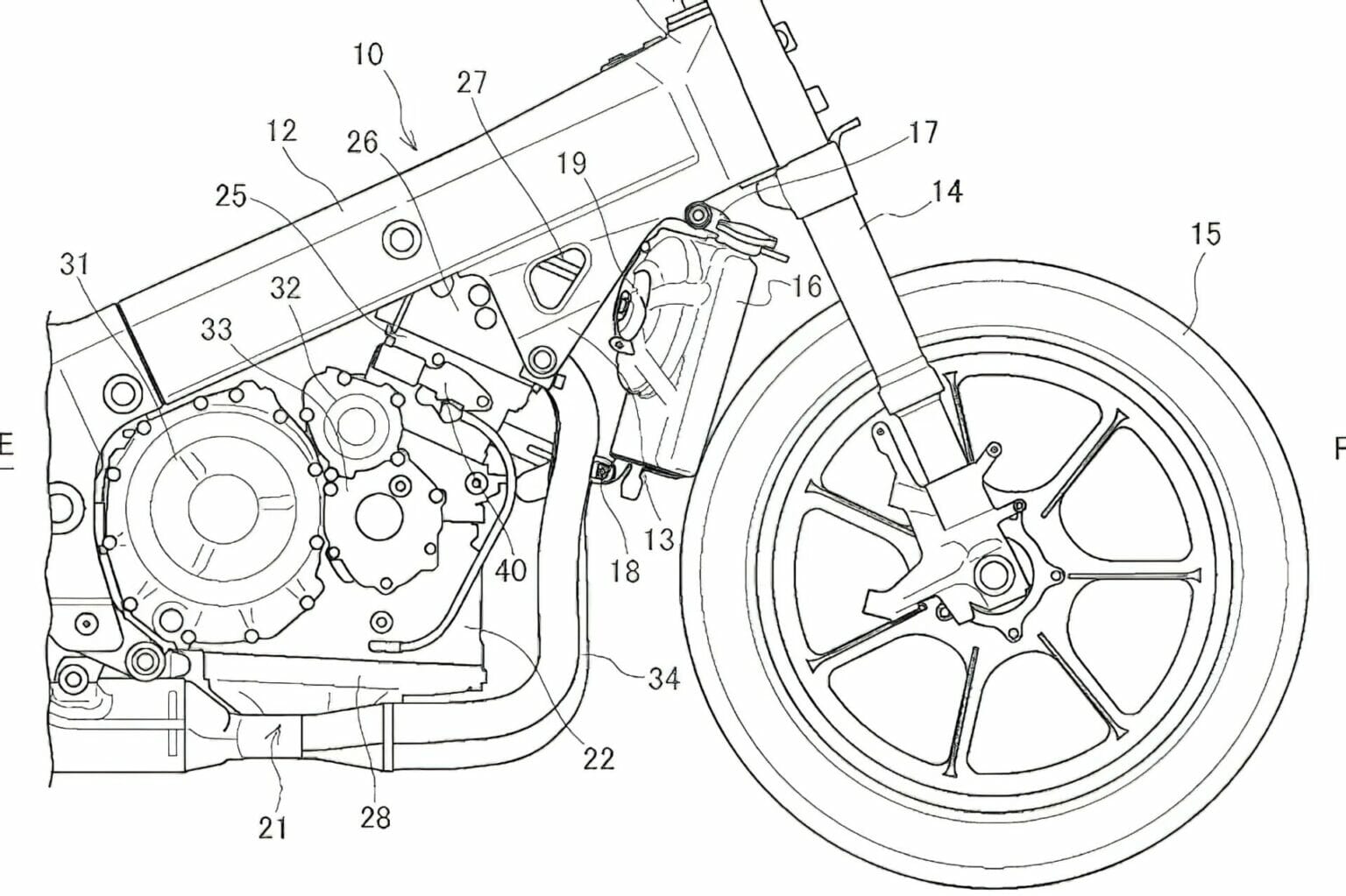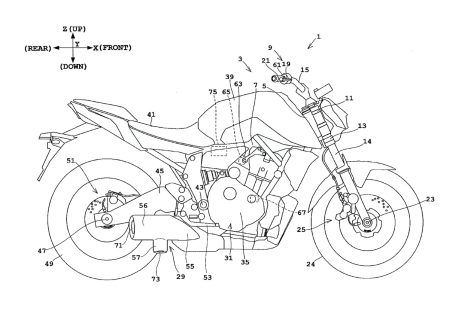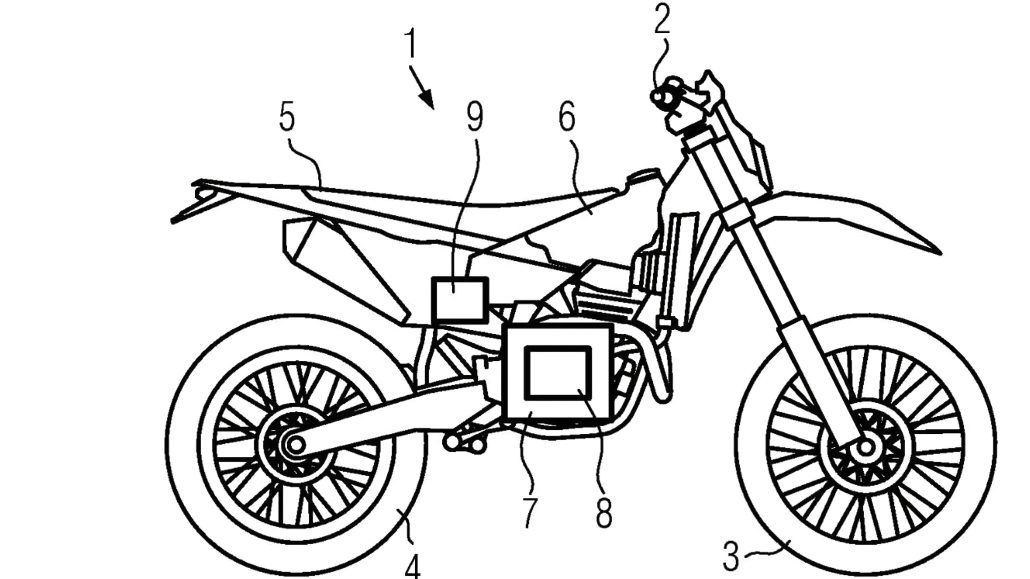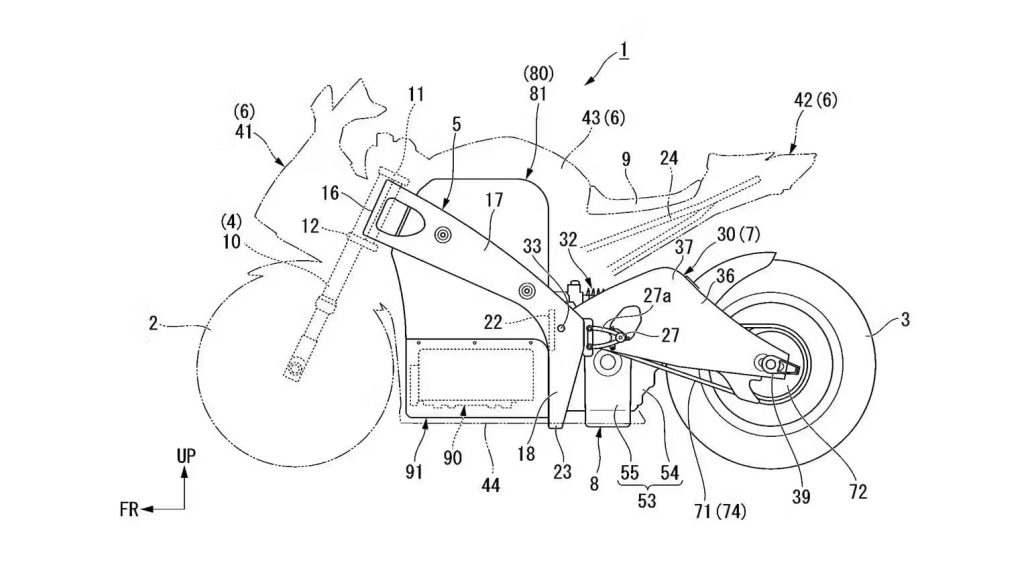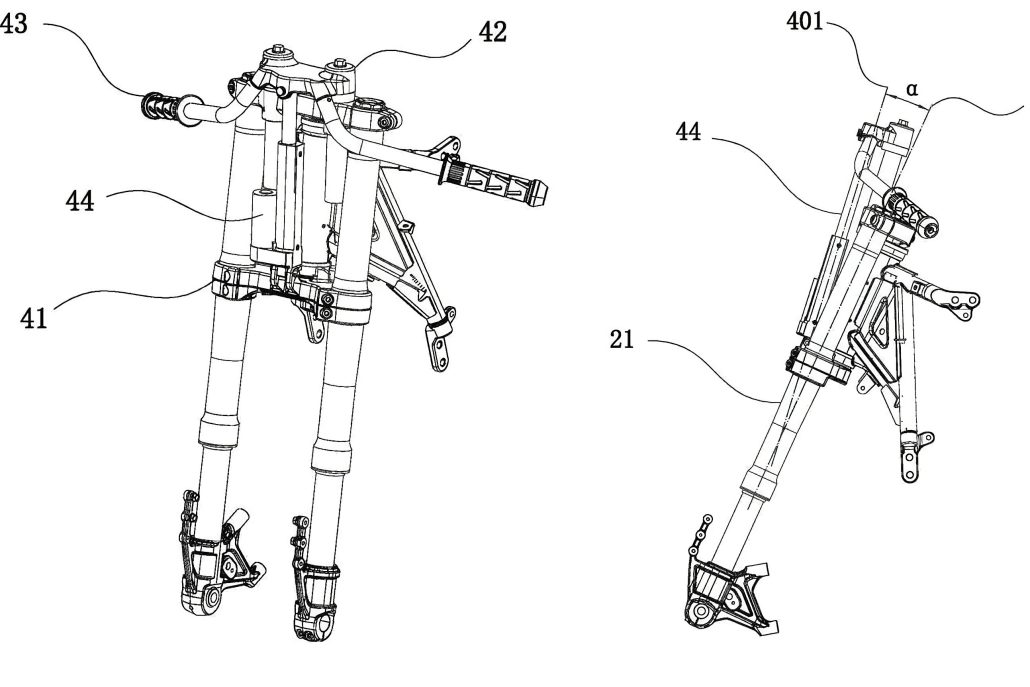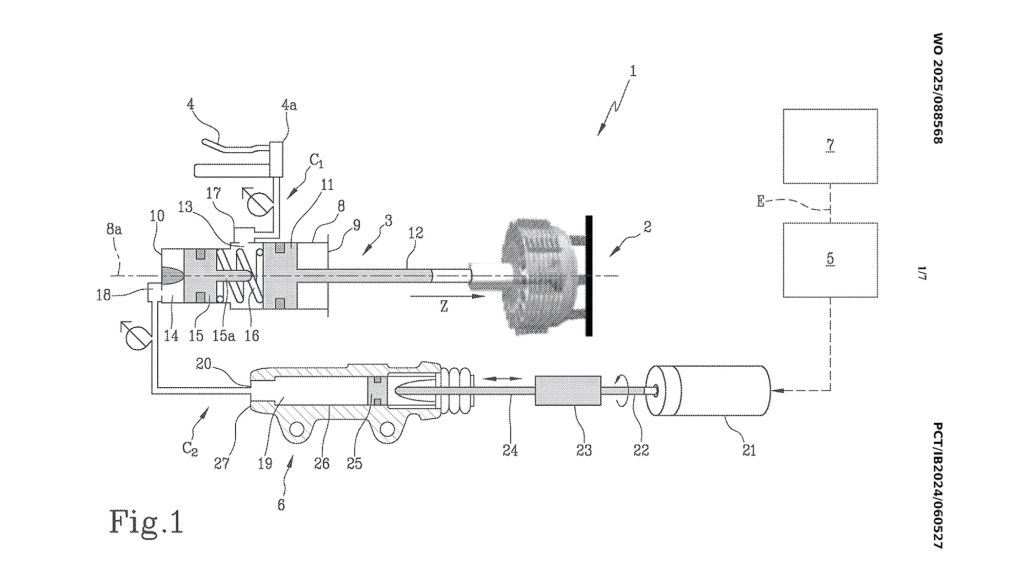Since its introduction in 1999, the Suzuki Hayabusa has been synonymous with speed and performance. Next year, this iconic speedbike turns 25 and shows no signs of ageing, especially with recent patent drawings showing an innovative application of variable valve timing (VVT).
Old heart, new technology
While the Hayabusa’s design has gone through three different generations, the engine has remained largely unchanged. But recent patents could change that. These show a simple, hydraulic VVT arrangement that rotates the intake cam a few degrees to increase valve overlap. The change would be a boon to high-rpm performance while reducing emissions and fuel consumption at low rpm.
Why VVT?
The introduction of VVT technology is in part a response to the increasingly stringent Euro 5 emissions regulations, which require a reduction in unburned hydrocarbons in exhaust gases. Variable valve timing adjustment allows the Hayabusa to meet these requirements without sacrificing performance. This is especially important since the current Hayabusa version achieves “only” 190 hp, a figure that enthusiasts consider insufficient, as this power no longer does justice to the Hayabusa legend.
An innovative approach
What makes Suzuki’s approach special is the positioning of the VVT system. To keep costs down, the electrohydraulic actuator that controls oil pressure regulation is placed on the side of the cylinder bank, rather than at the top of or inside the cylinder head. This arrangement also offers the advantage of increased reliability and service life, as the actuator is exposed to less heat and vibration.
Looking to the future
With the 2024 version of the Hayabusa already unveiled, including a special 25th anniversary edition, the earliest we can expect to see the introduction of VVT technology is the 2025 vintage. There are even rumors that Suzuki is developing a further optimized version of the VVT that will affect not only the intake camshaft but also the exhaust camshaft. This could provide even finer tuning and more “clean” power from the engine.
Overall, the latest developments indicate that Suzuki is determined to keep the Hayabusa at the forefront of high-performance motorcycles. With more than 200 possible horsepower, the next generation Hayabusa could exceed not only speed measurements, but also expectations.
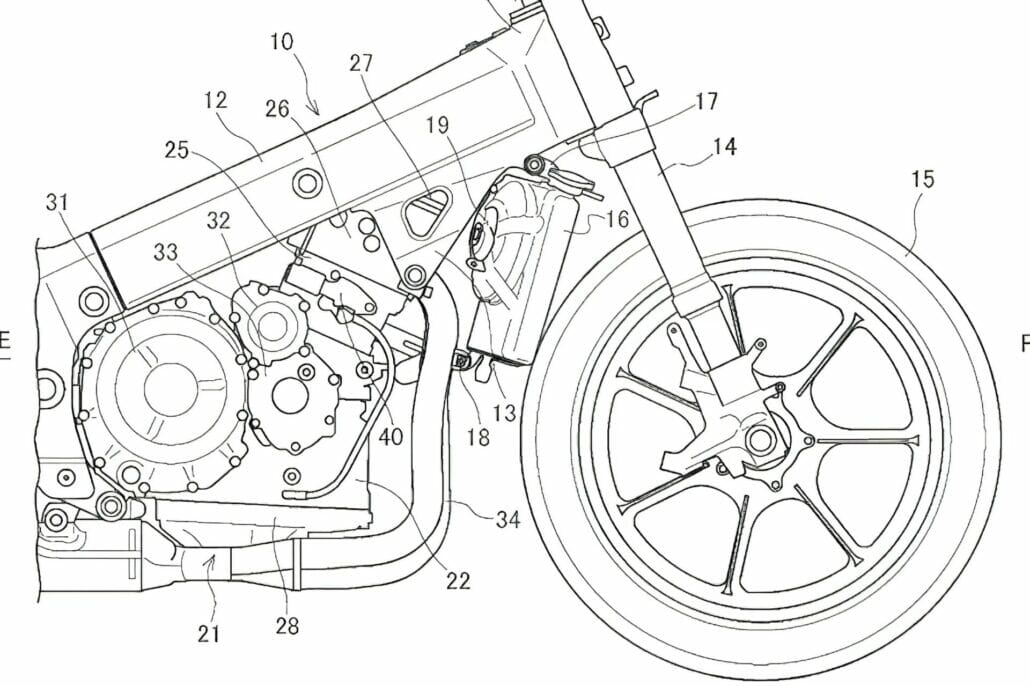
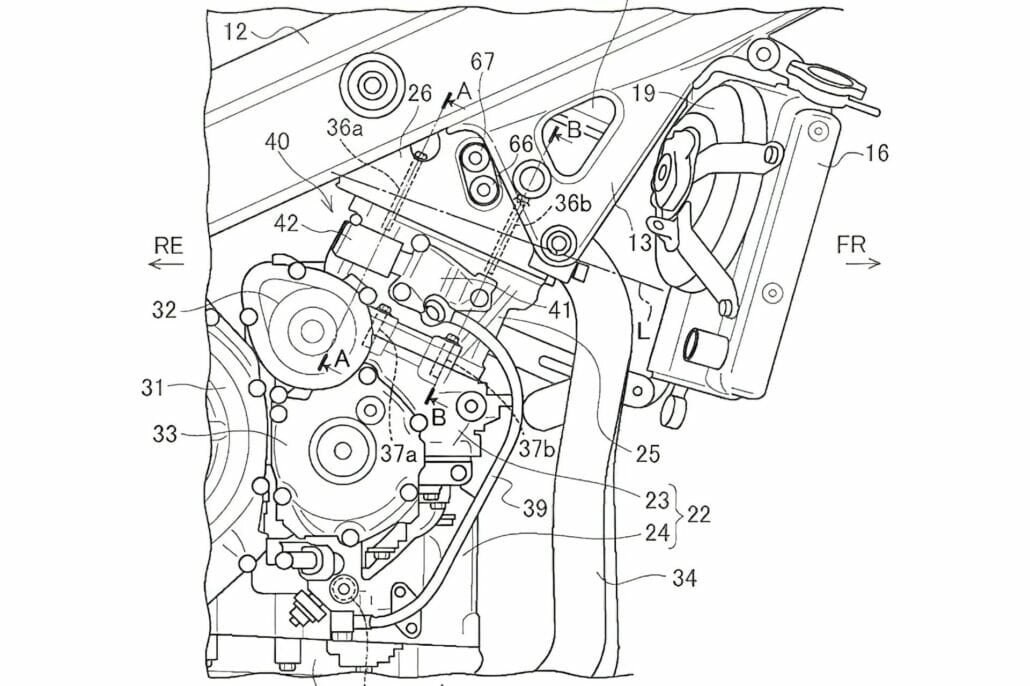
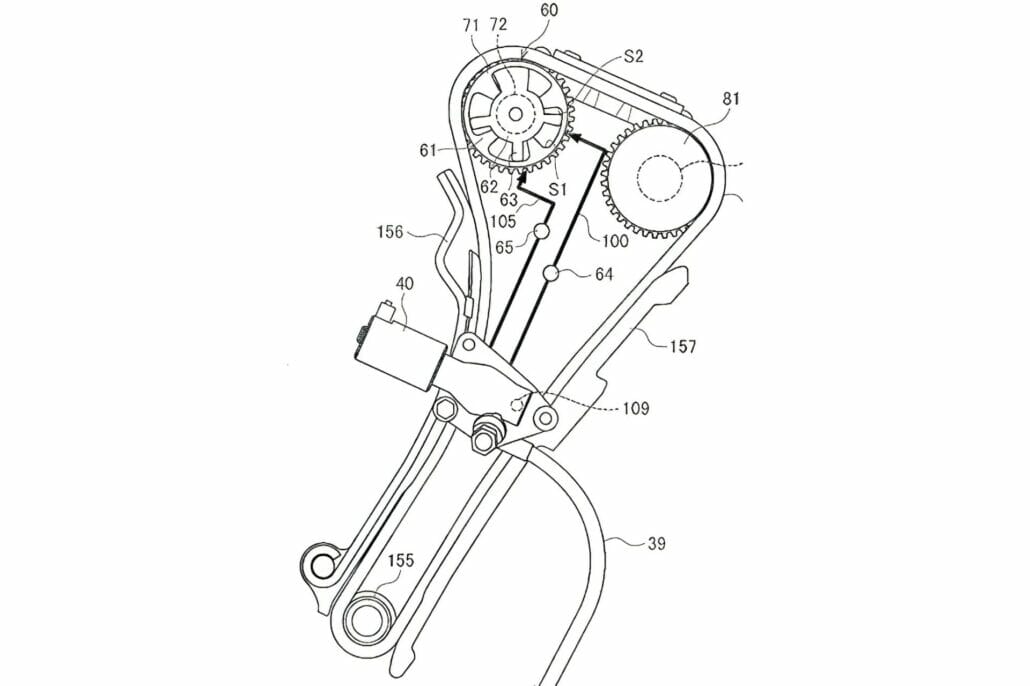
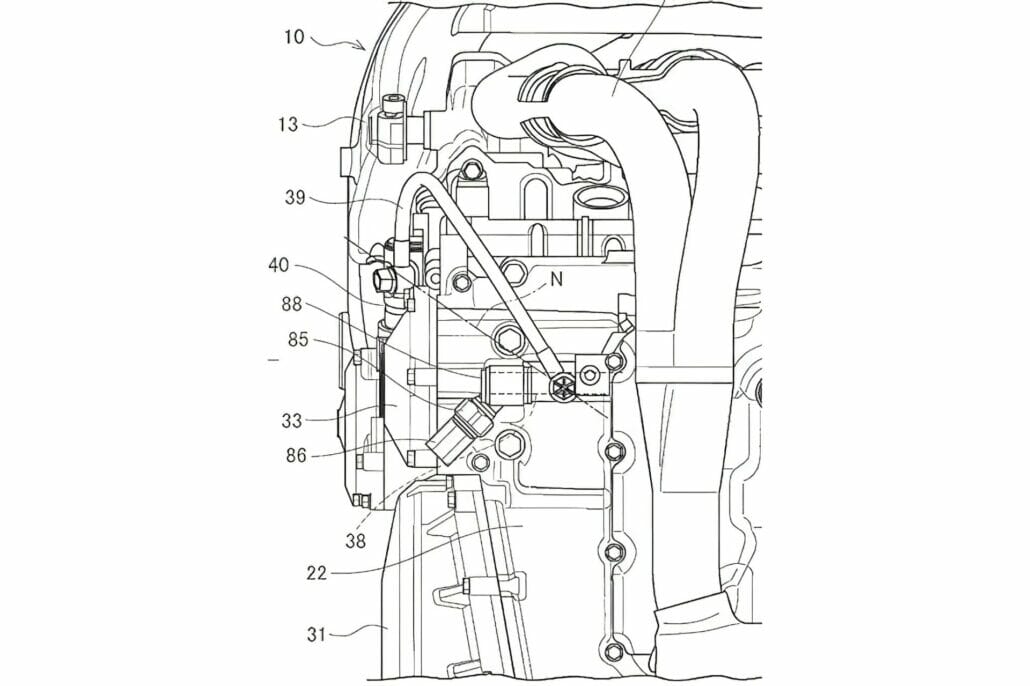
[amazon bestseller=”Suzuki Hayabusa” items=”3″ filterby=”price” filter=”20″ filter_compare=”more”]



